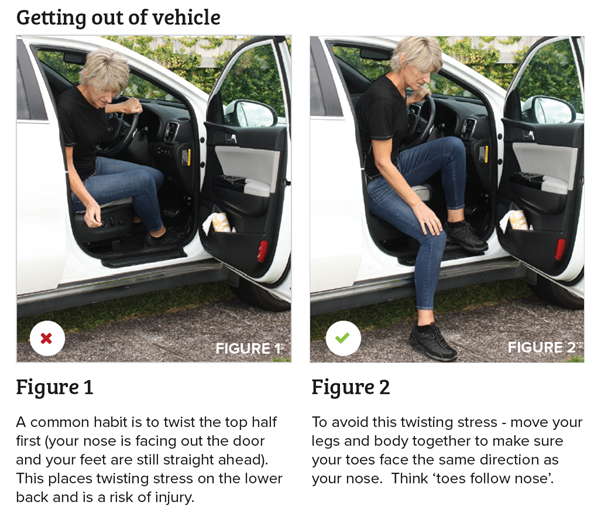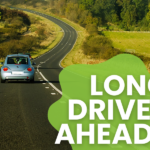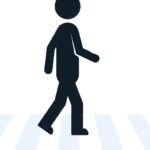This article has kindly been shared by Alison Richmond from Provention.
Driving for prolonged periods can take a serious toll on your lower back. One of the most common ways to injure your lower back is through twisting, especially when getting out of your vehicle. While this movement seems harmless, it’s actually a significant stressor for your lumbar spine when combined with other factors like vibration from driving and sustained sitting.
Understanding this risk and how to avoid it can save you from discomfort and potential long-term injury.
Why Twisting Can Harm Your Lower Back

The Function of the Lumbar Spine
Your lumbar spine, located in the lower back, comprises five discs and vertebrae. Unlike other parts of the spine, such as the cervical region (your neck), the lumbar spine has limited rotational ability. This means it’s not designed to handle significant twisting movements.
When twisting occurs, particularly while getting out of the car, the stress directly impacts the lumbar discs and surrounding structures. To avoid this, remember that your nose and toes should always face the same direction. If your toes point one way and your nose another, you are putting unnecessary twisting stress on your lower back.
Vibration While Driving
Driving exposes your body to low-grade vibrations. While you may not feel it consciously, these vibrations increase the stress on your lower back discs. Over time, this can add to the wear and tear on your spine, putting you at risk for disc degeneration.
Sustained Sitting
Sitting for extended periods increases pressure on your lumbar discs and stresses the ligaments and muscles in your back. When you finally stand up, these structures often feel stiff, making you more prone to injury during sudden twisting movements.
These three contributors: twisting, vibration, and sustained sitting create the perfect storm for a lower back injury, particularly for those who drive as part of their daily routine.
Common Risks for Long-Distance Drivers
For professionals who spend extended hours on the road, such as delivery drivers or sales professionals, the combination of these factors can exacerbate existing issues like disc degeneration or old back injuries. A quick twisting motion while exiting the car could lead to serious injuries, such as a herniated disc.
Who Is Most at Risk?
-
- Those with pre-existing back conditions such as disc degeneration or prior injuries.
-
- Occupations requiring prolonged driving, which increases exposure to vibration and sitting stress.
Simple Steps to Protect Your Back
Avoiding twisting is one of the most critical measures you can take to protect your back.
Here’s how you can reduce your risk of injury when exiting your car:
-
- Slow Down – When getting out, don’t rush. Allow your body time to adjust.
-
- Align Your Nose and Toes – Move your feet and torso together to avoid twisting motions.






